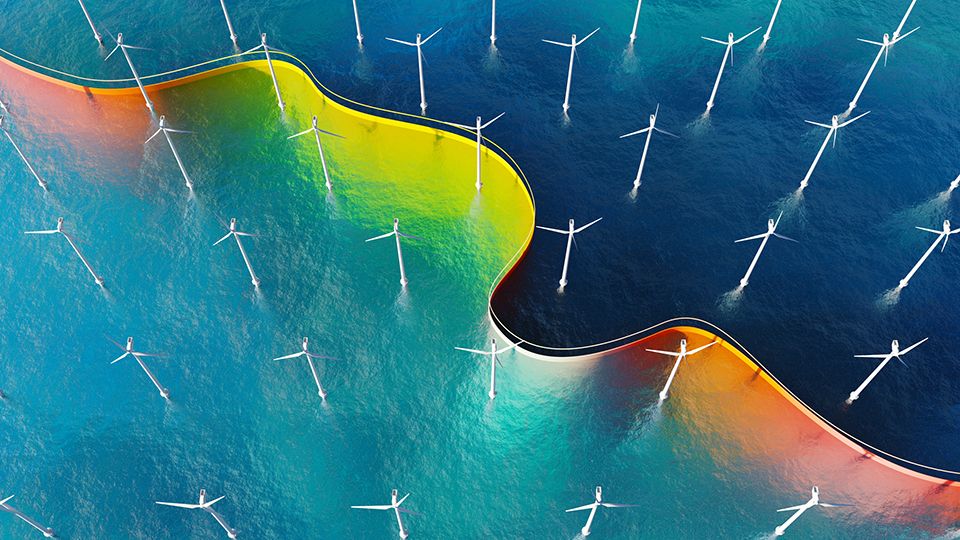Schroders Capital has launched a semi-liquid Article 9 fund under its Schroders Greencoat umbrella, the Schroders Capital Semi-Liquid Energy Transition fund.
The fund will invest in energy generation primarily though wind farms and solar parks which are at the ‘project’ stage of their businesses. Focusing predominantly on US and European companies, the fund will also consider companies involved in clean hydrogen, battery storage, district heating, power grids, carbon capture, and other energy sectors. The fund has a gross target return of over 10%.
Currently, Schroders Capital holds five other semi-liquid funds, which held $1.4bn (£1.1bn) assets under management as of last June. The new fund will mark its first infrastructure fund. The firm said the semi-liquid structure allows funds the chance to invest in long-term illiquid infrastructure projects.
Semi-liquid funds invest in private equity, with investors committing their capital at the time of subscription. However, they have a liquidity ‘wrapper’ comprising either cash or investments from the public market. Investors are able to time their subscription and redemptions, but these funds often limit redemption amounts over given time periods through redemption gates.
Schroders Greencoat, which launched in 2009, holds $11bn (£8.7bn) AUM with strategies in the UK, Europe, and the US.
Duncan Hale, portfolio manager at Schroders Greencoat, said: “The energy transition represents one of the largest and most relevant investment themes impacting clients’ portfolios and, as a result, it’s an exciting and attractive time to be accessing these types of investments. This fund highlights our commitment to expanding access to private assets and generating positive returns for our clients through directly allocating to energy transition infrastructure.
See also: – Three ways firms can enhance net zero voting policies
“Achieving net zero by 2050 requires significant change and investment into energy infrastructure. This offers a great opportunity for investors to benefit from an innovative fund structure which supports their ability to access energy transition assets that can not only offer attractive returns, but also take advantage of a risk profile which delivers strong diversification characteristics for investors’ portfolios.”
This article first appeared on ESG Clarity’s sister site Portfolio Adviser








